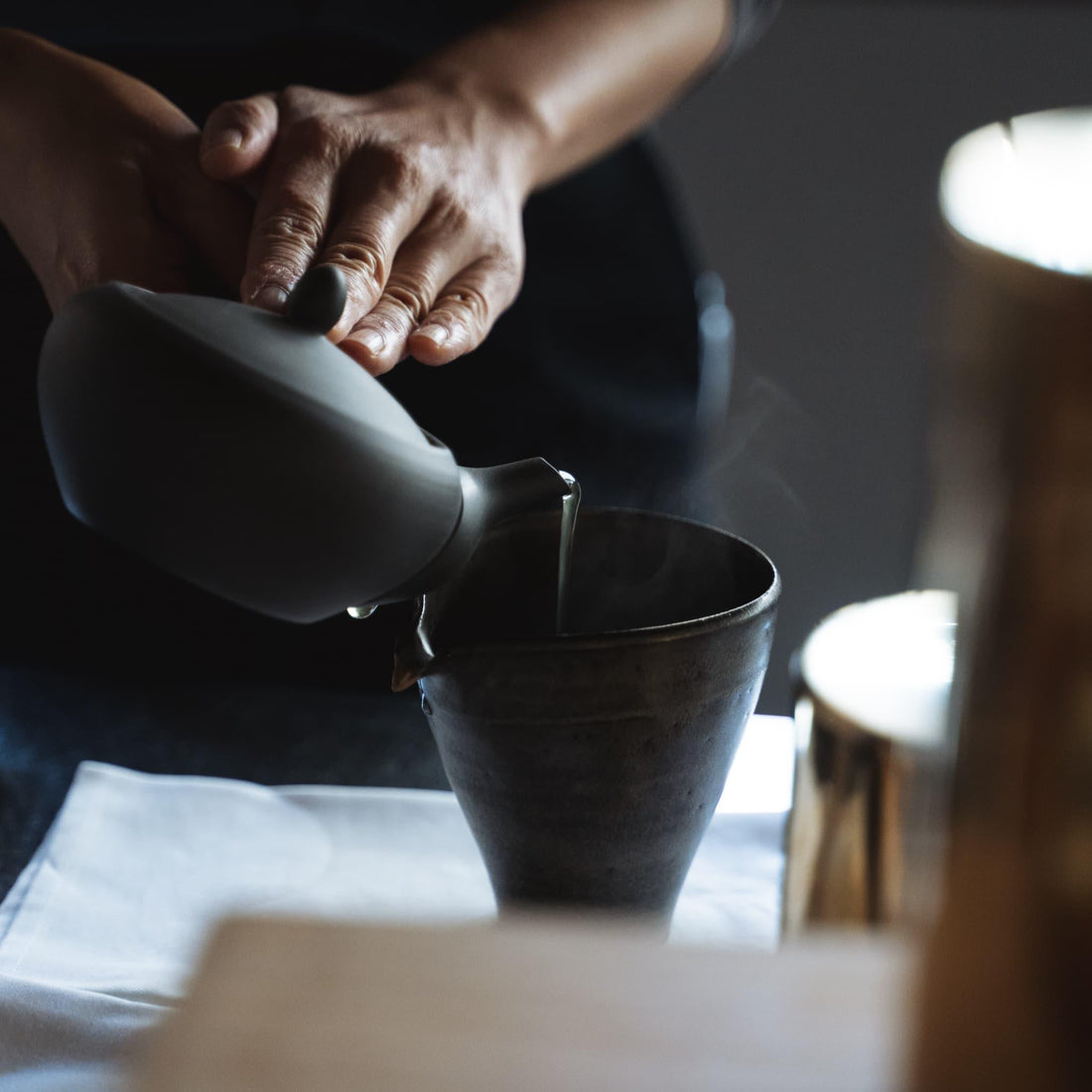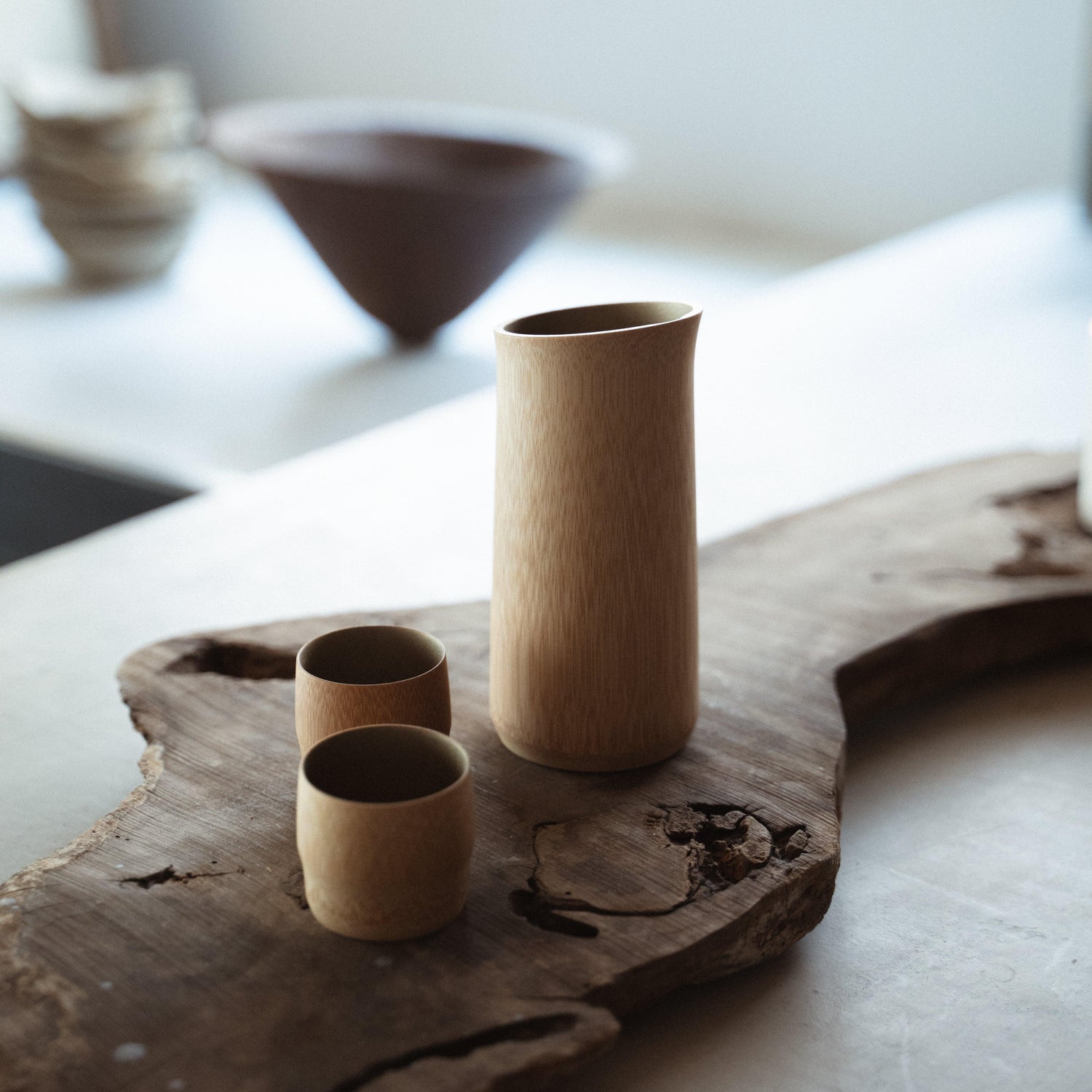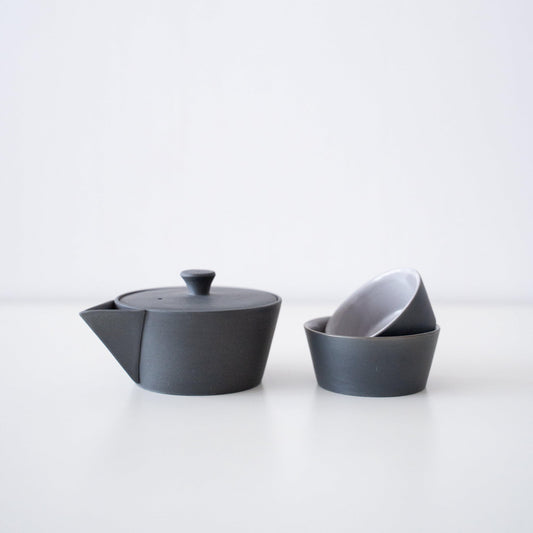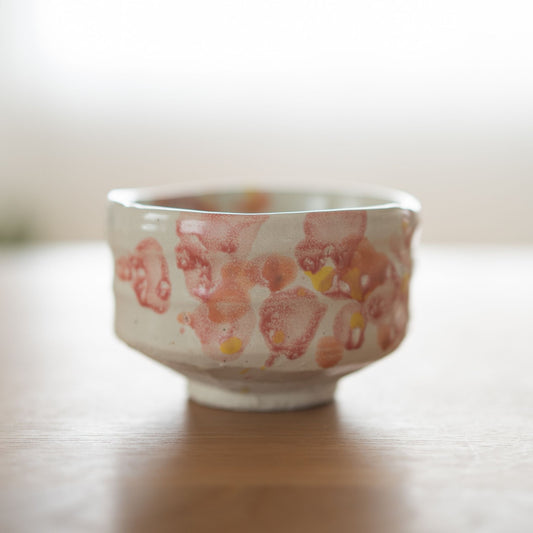
A Guide to Choosing a Japanese Teapot
Share
In the world of Japanese tea culture, the teapot, or kyusu, holds a place of central importance. Choosing the right teapot is crucial for brewing a delicious cup of tea. This guide will walk you through the process of selecting a kyusu based on its shape, material, functionality, and ease of use.
Table of contents
Choosing by Shape
The shape of a kyusu greatly influences both its usability and the flavor of the tea. Here are some common shapes to consider:
- Yokode Kyusu: Combining convenience and functionality, this side-handled teapot allows for easy one-handed use. It is the most prevalent type found in Japanese homes and offices.
- Ushirode Kyusu: With a design that resembles Western teapots, this back-handled teapot is ideal for pouring large quantities of tea steadily. It is suitable for Chinese and black teas.
- Uwade Kyusu (Dobin): Larger in size, this top-handled teapot is perfect for serving tea to multiple people at once. Its handle is made from a material with low thermal conductivity, ensuring safe handling.
- Hohin: This handle-less teapot maximizes the tea’s flavor profile, making it ideal for high-quality green teas and matcha.
Choosing by Materia
The material of the kyusu can significantly affect the taste and aroma of the tea. Here are some materials to consider:
- Stoneware: A hybrid of porcelain and earthenware, stoneware absorbs excess bitterness and off-flavors, creating a smoother taste.
- Porcelain: Known for its smooth surface and non-porous nature, porcelain allows you to enjoy the pure flavor of the tea.
- Earthenware: With a traditional appearance and excellent heat retention, earthenware teapots often reflect the unique characteristics of their region of origin.
- Cast Iron: Renowned for their weight and heat retention, cast iron teapots maintain the tea at the optimal temperature for an extended period.
Choosing by Functionality and Ease of Use
When selecting a kyusu, consider its functionality and ease of use:
- Lid Seal: Choose a teapot with a well-sealed lid to prevent spills.
- Ease of Cleaning: For daily use, a teapot that is easy to clean is desirable.
- Pouring Ease: The shape of the spout affects how the tea pours, so select a teapot with a spout that allows for smooth pouring.
- Comfort in Handling: It is essential to hold the teapot to ensure it is balanced and comfortable in your hand.
- Type of Tea Strainer: Select a tea strainer that suits the type of tea you plan to brew.
By considering these points, you can choose a kyusu that aligns with your preferences and enhances your daily tea experience, making it a more enriching ritual.

















